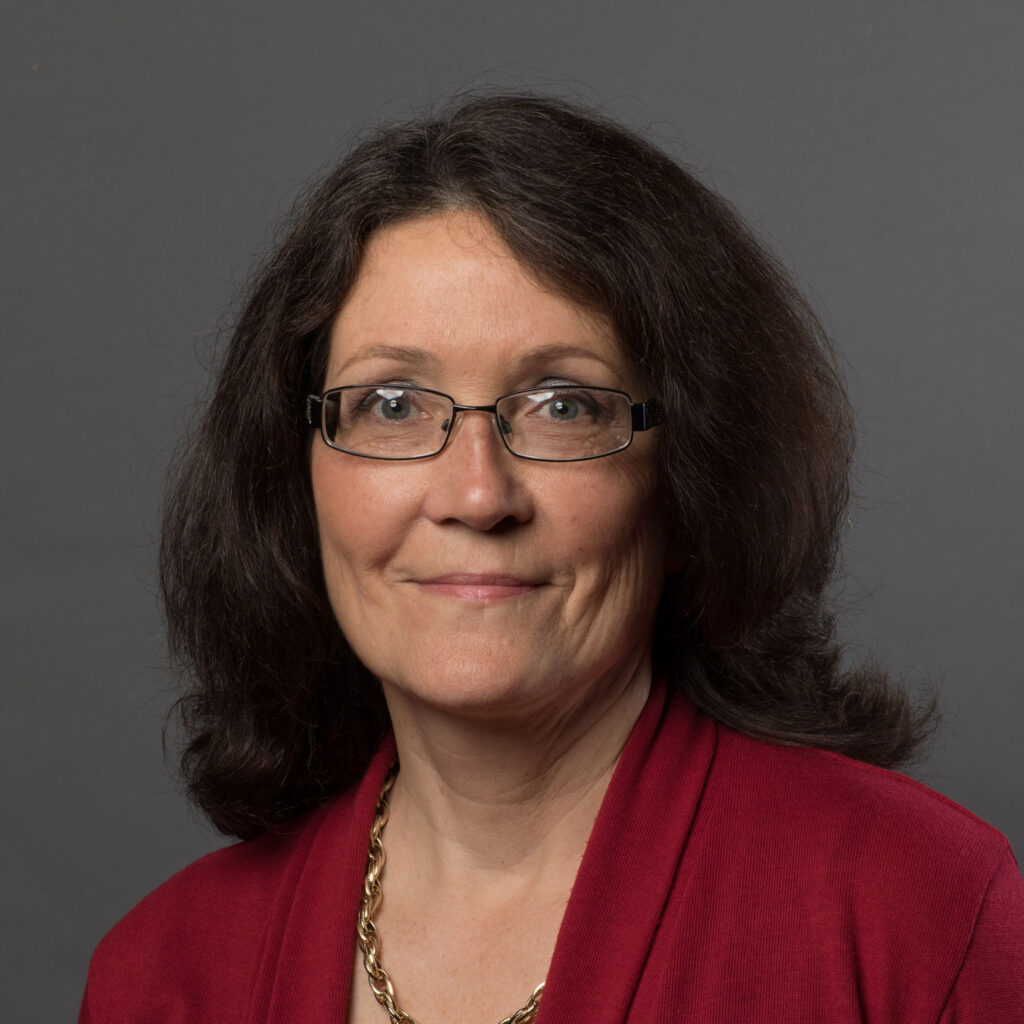This story appeared in the 2021 President’s Report of Onyx Anneau.
By Marissa Schmitter, Content Marketing Specialist
The best year in giving was recorded last year, and grants played a significant role. Grants are vital to what the institution does as they touch more of campus than you think. They help fund fundamental areas like maintenance, program growth and student needs.

The process to apply for grants can be extensive — deadlines, personnel and projected outcomes must be taken into consideration when writing proposals.
Susan Dolle, director of grants development, said funds from private organizations, corporations and the government help pay for projects that would often otherwise go unnoticed.
Dolle used the example of chemistry labs, which cost approximately $1 million each to renovate. “It’s not just what you see on the surface of the lab. It’s about the plumbing and the air systems — that’s been a big thing in our buildings. When updating a 60-year-old building, you have to consider that the equipment you’re putting in may be significantly different from when it was built. You don’t often go to individuals and ask them to support the heat ducts.”
Many of the deferred projects, those which have been delayed or backlogged, address years of deterioration or age when funding for such projects was strained or unavailable. A recent Historic Preservation Fund grant awarded by the Indiana Division of Historic Preservation and Archaeology will help rehabilitate and restore deteriorating limestone steps at the Conservatory of Music. Other grants have provided academic growth such as the College’s first Ph.D. program, kinesiology and exercise science. The Pomeroy Pedals program, the SMWC health clinic and Gatehouse restoration are all thanks to grants.
When looking forward, Dolle said having a defined strategic plan is helpful to identify priorities and carefully choose potential grant options.
“You have to know where you’re going,” Dolle said. “It might seem like the mission of the College is so broad that it doesn’t matter, but it does — it really does. It is vital to any successful grant program. Strategic planning is creating a pathway forward which informs me on what we need.”
She works closely with Dottie L. King, Ph.D., president, Janet Clark, Ph.D., provost and Karen Dyer, vice president for advancement and strategic initiatives, who oversees the strategic plan, when choosing which projects to pursue.
The College averages 25 to 35 grant proposals and applications a year, with many of them being smaller proposals, Dolle explained.
